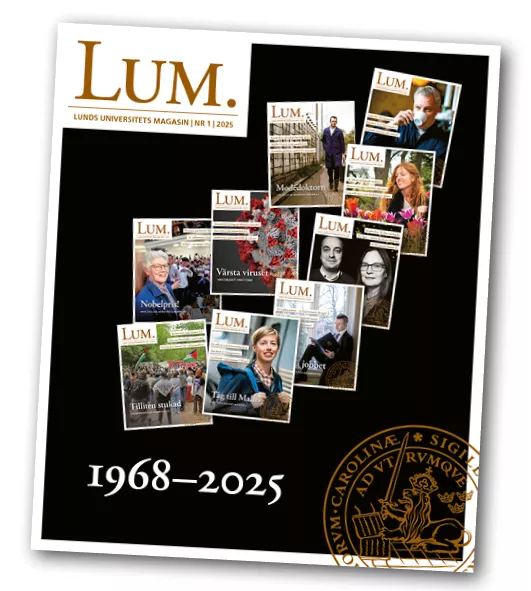Since its establishment as a strategic research centre, the Lund Stem Cell Center has become one of the strongest research environments in Europe with over 40 research teams. The aim is to develop life-changing therapies based on stem cells for patients with serious and incurable diseases. This year the centre celebrates its twenty-year anniversary.
“In recent years, we have focused on recruiting young, international researchers who are at the beginning of their careers. Research has also become more multidisciplinary, and because technology has developed so robustly, the centre has become a platform that offers technical facilities for top-level cutting-edge studies,” says Zaal Kokaia, former director of the Lund Stem Cell Center and one of the researchers who has been involved from the start.
Tough task to develop therapies
But the task of developing stem cell therapies turned out to be tougher than first thought. Only this year – just in time for the anniversary – two therapies can be tested in real-life, in clinical trials. These are stem cell transplantations for Parkinson’s disease and gene therapy for Diamond-Blackfan anaemia – a congenital and rare blood disorder that causes a shortage of red blood cells.
“When the Stem Cell Center was established, it was difficult to convince commercial companies to take the research findings further to clinical trials. However, it is very important that our research ultimately leads to new treatments in humans. After all, that is the goal of our research,” says Johan Jakobsson, current director of the Lund Stem Cell Center.
The importance of partnerships
Over the years, much has been learned about the importance of establishing partnerships with both private stakeholders and public healthcare. The research field has matured and is moving towards new procedures and checks across the entire research chain, with the establishment of a large number of start-up companies within Sweden’s borders.
A number of revolutionary discoveries have also made the development of new advanced therapy medicinal products (ATMPs) possible. These are not the classic pills that you pick up at the pharmacy, but drugs based on cells, genes or tissues.
ATMP in focus
“There has been a huge change in recent years. With many pharmaceutical companies now focusing on ATMPs, there is money to develop new therapies for conditions for which there was previously no treatment” says Johan Jakobsson and continues.
“The next step is that the regulatory framework needs to be adapted to a whole new arena of therapies, and bridges need to be built from all sides – from researchers and healthcare providers to politicians, companies and pharmaceutical companies, so that interactions can take place.”






